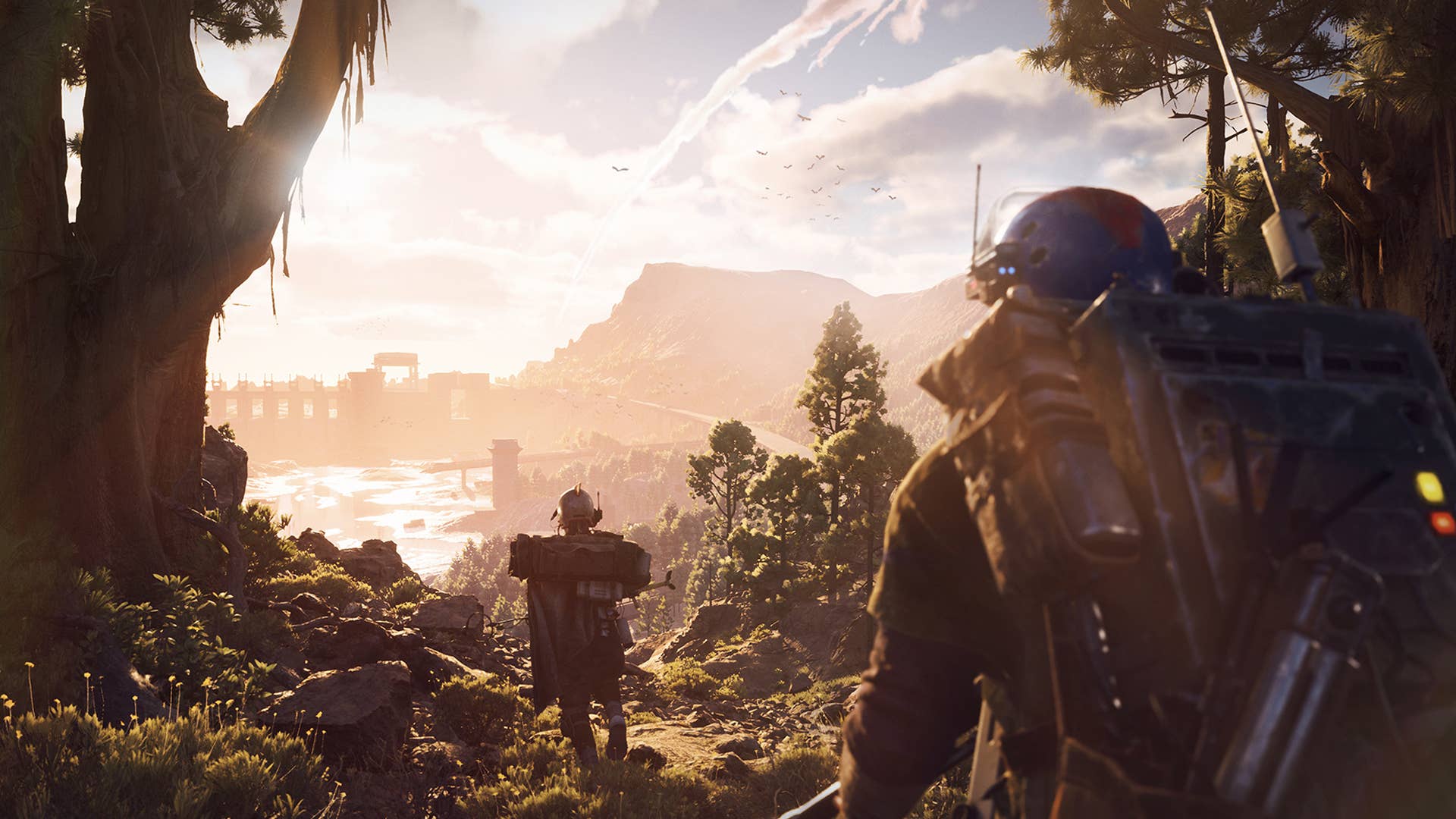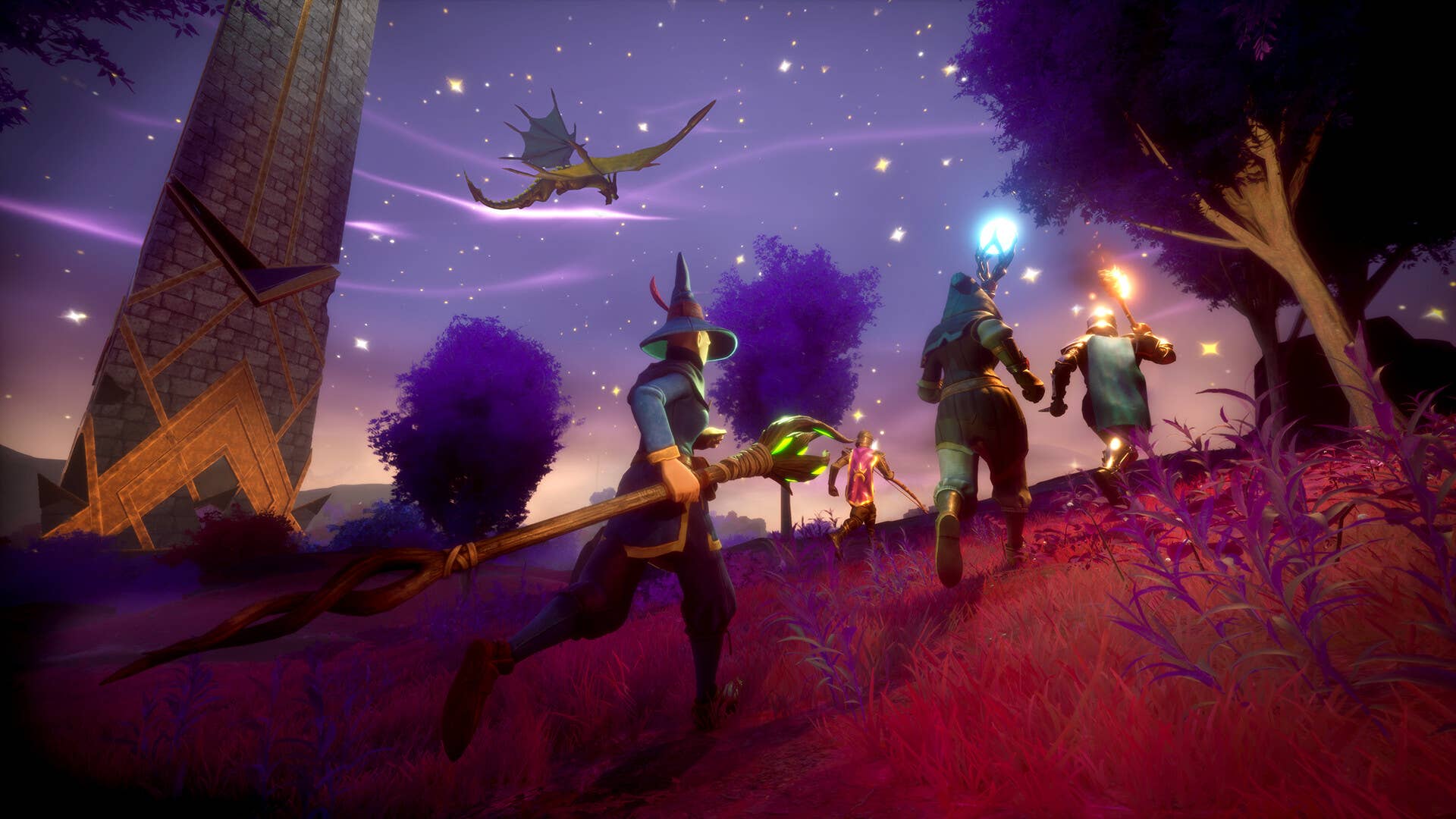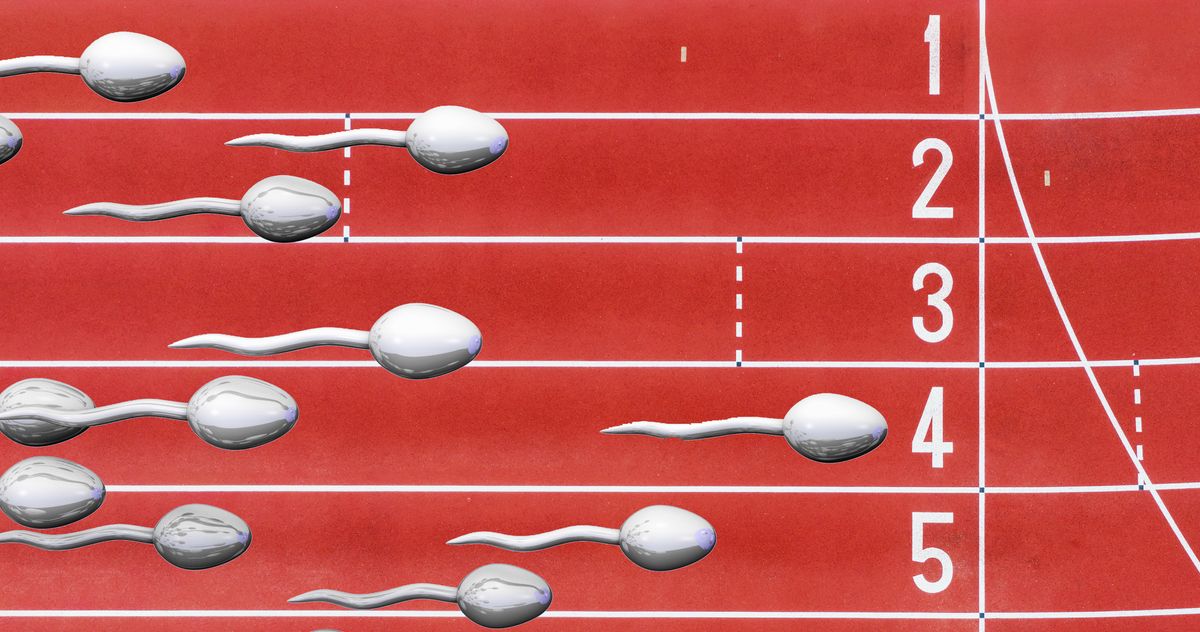Besakih Temple in Rendang, Indonesia
As you draw closer to the base of Pura Besakih in Bali, the complex of Hindu temples rises above you and its enormity begins to fully set in. This is Bali’s mother temple, the holiest place of all for the four-million adherents of Balinese Hinduism, and it is remarkable. Besakih, sometimes called the great temple, sits about one-third of the way up Mount Agung, a 10,000-foot active volcano on Bali’s eastern side. The clouds that usually enshroud Agung’s higher reaches feel close at Besakih, complementing the mystery and awe a visitor can feel. Twenty-three temples make up the complex; they’re built upon six terraces. At its center is Pura Penataran Agung, the most important of the temples, with a split stone gateway called a candi bentar at its entry. This is an active place of worship that is not open to tourists, but visitors are welcome to watch respectfully from the perimeter of the central temple. Wander through the open-air structures. The architectural contrasts become more striking the higher you climb into Besakih, and get a fuller good look at its buildings. The symmetrical serenity of the meru, the thatched pagoda-like structures, stands in stark contrast to the murti, statues representing the divine (or simply the decorative). From the very top of the complex, you may be able to see the Indian Ocean. Ceremonies large and small take place about 70 days a year at Besakih, with Bali’s familiar marigold-colored fabrics—and plenty of white and red, too—draped at key points in the temples. Trees are interspersed with stone throughout the complex, adding more color, along with flowers and lotus ponds. Nearly the entire Balinese Hindu population comes to Besakih at some point during the year. Besakih keeps some secrets to itself, including its age. Inscriptions found at Besakih have been dated to 1007, AD; other sources note some of its structures may go back 2,000 years. Eruptions in 1963 and 1964 claimed between 1,100 and 1,600 lives and displaced more than 86,000 people. Astonishingly, the lava flows stopped just short of Besakih.
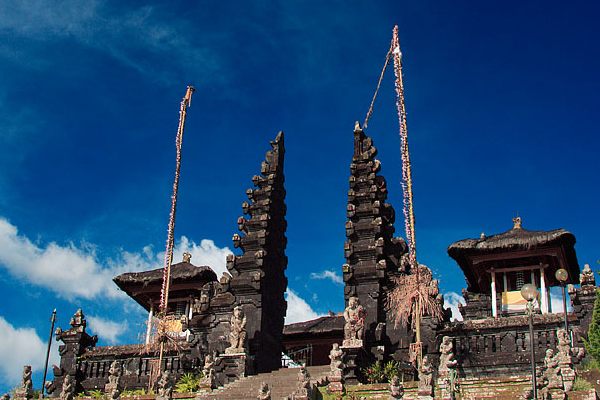

As you draw closer to the base of Pura Besakih in Bali, the complex of Hindu temples rises above you and its enormity begins to fully set in. This is Bali’s mother temple, the holiest place of all for the four-million adherents of Balinese Hinduism, and it is remarkable.
Besakih, sometimes called the great temple, sits about one-third of the way up Mount Agung, a 10,000-foot active volcano on Bali’s eastern side. The clouds that usually enshroud Agung’s higher reaches feel close at Besakih, complementing the mystery and awe a visitor can feel.
Twenty-three temples make up the complex; they’re built upon six terraces. At its center is Pura Penataran Agung, the most important of the temples, with a split stone gateway called a candi bentar at its entry. This is an active place of worship that is not open to tourists, but visitors are welcome to watch respectfully from the perimeter of the central temple.
Wander through the open-air structures. The architectural contrasts become more striking the higher you climb into Besakih, and get a fuller good look at its buildings. The symmetrical serenity of the meru, the thatched pagoda-like structures, stands in stark contrast to the murti, statues representing the divine (or simply the decorative). From the very top of the complex, you may be able to see the Indian Ocean.
Ceremonies large and small take place about 70 days a year at Besakih, with Bali’s familiar marigold-colored fabrics—and plenty of white and red, too—draped at key points in the temples. Trees are interspersed with stone throughout the complex, adding more color, along with flowers and lotus ponds. Nearly the entire Balinese Hindu population comes to Besakih at some point during the year.
Besakih keeps some secrets to itself, including its age. Inscriptions found at Besakih have been dated to 1007, AD; other sources note some of its structures may go back 2,000 years. Eruptions in 1963 and 1964 claimed between 1,100 and 1,600 lives and displaced more than 86,000 people. Astonishingly, the lava flows stopped just short of Besakih.



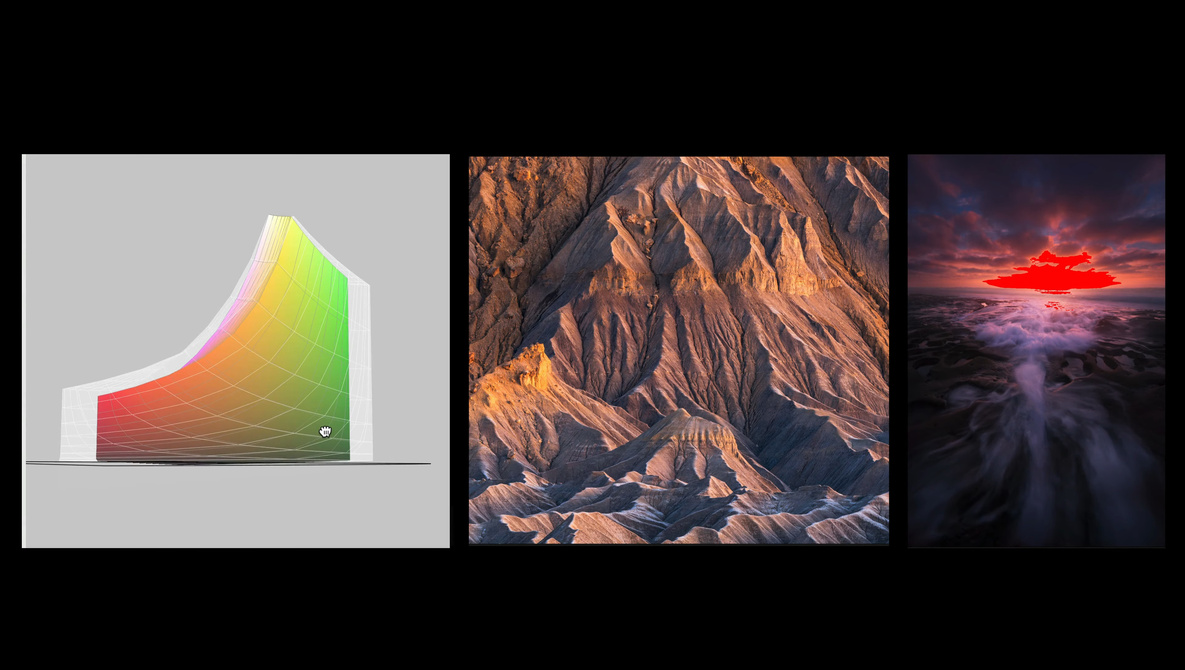






























































-Baldur’s-Gate-3-The-Final-Patch---An-Animated-Short-00-03-43.png?width=1920&height=1920&fit=bounds&quality=70&format=jpg&auto=webp#)


















